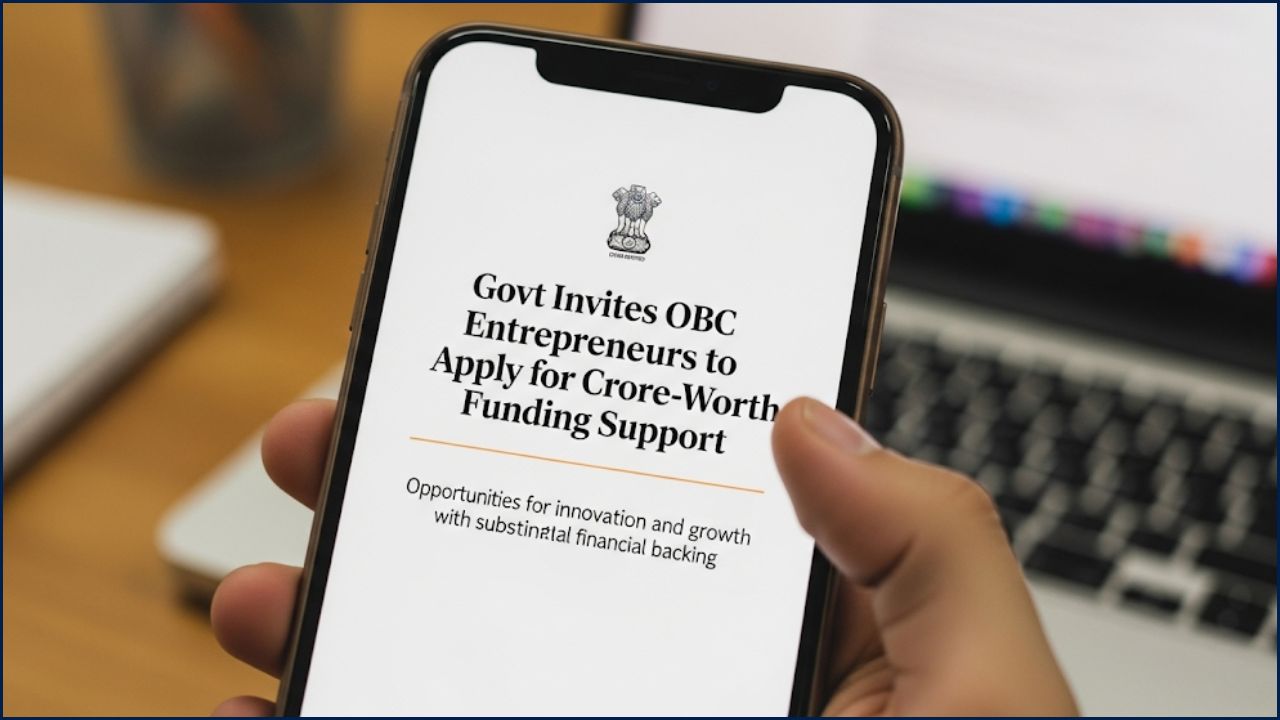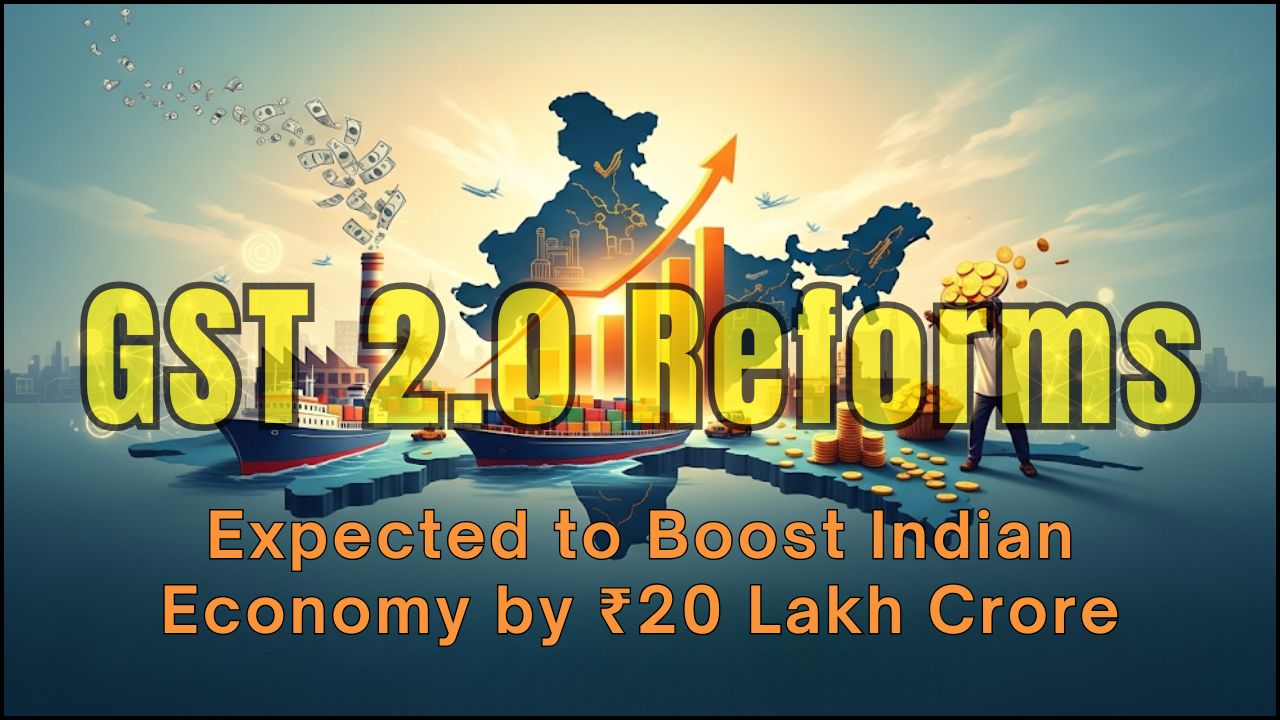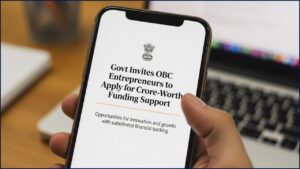
The MSME Credit Guarantee Scheme is providing unprecedented access to collateral-free loans for first-generation entrepreneurs in India. Recent enhancements, including higher loan limits and expanded coverage, aim to improve credit flow and reduce lender risk—offering vital support to small business owners navigating a challenging financial landscape.
How the MSME Credit Guarantee Scheme Works
Collateral-Free Credit for MSMEs
The Credit Guarantee Fund Trust for Micro and Small Enterprises (CGTMSE) was established in 2000 by the Ministry of Micro, Small and Medium Enterprises (MSME) and the Small Industries Development Bank of India (SIDBI). The scheme’s goal is to facilitate unsecured credit for new and existing MSMEs by offering lenders government-backed guarantees.
Under the scheme, loans are extended without the need for collateral or third-party guarantees, with the trust covering a significant portion of the lender’s potential losses. This mechanism is particularly beneficial to first-generation entrepreneurs who often lack physical or financial assets to secure traditional bank credit.
“This initiative transforms how risk is assessed for new businesses. It unlocks funding for ideas that would otherwise be turned away,” said Dr. Ananya Ghosh, a senior economist at the National Council of Applied Economic Research (NCAER).
Recent Reforms Strengthening the Scheme
Higher Loan Limits and Expanded Eligibility
In April 2023, the Indian government revised the CGTMSE to allow guarantee coverage of up to ₹10 crore, doubling the previous threshold of ₹5 crore. The revision also brought down the annual guarantee fee to 0.37% for certain borrowers, making credit cheaper and more accessible.
According to the Ministry of MSME, these changes are expected to support ₹2 lakh crore in additional lending over the next five years.
The reforms also extended coverage to export-oriented MSMEs, women entrepreneurs, and ventures located in the North-East and aspirational districts, offering them higher coverage ratios up to 85-90%, compared to the standard 75%.
Support for Startups and High-Risk Borrowers
The Credit Guarantee Scheme for Startups (CGSS), a complementary programme under the Department for Promotion of Industry and Internal Trade (DPIIT), was also upgraded in February 2025. The maximum guarantee limit was raised to ₹20 crore, and coverage was extended to innovative startups, many of which are founded by first-time entrepreneurs.
“The revised CGSS lowers barriers to innovation. Startups in biotech, agri-tech, and digital services now have a clearer funding path,” said Priya Narayanan, partner at venture capital firm Bharat Growth Fund.
Who Benefits Most?
Targeting First-Time Entrepreneurs and Underbanked Regions
The MSME Credit Guarantee Scheme plays a crucial role in democratising credit access. According to data from CGTMSE, over 60% of beneficiaries in FY 2024-25 were first-time borrowers.
The scheme’s design allows lenders to extend credit even to applicants with limited credit history. In North-Eastern states like Assam and Meghalaya, where formal credit penetration remains low, disbursements under the scheme grew by over 40% last year.
“We financed 127 first-time entrepreneurs in 2024 through this route,” said Ravi Iyer, General Manager at State Bank of India (SBI). “It’s enabling us to support small business dreams in semi-urban and rural markets.”
Impact on Lending Behaviour
Banks More Willing to Lend to First-Time Borrowers
Government-backed guarantees have significantly altered how banks approach SME lending. Data published in the Economic Times shows that the share of sub-prime lending by public sector banks dropped from 33.5% in June 2022 to 23.3% in March 2025.
This shift reflects improved risk perception and increased credit discipline among new borrowers. Bankers say the scheme reduces default anxieties, especially when funding ventures with no track record.
Accountability and Oversight
Monitoring Loan Utilisation
To prevent misuse, CGTMSE mandates annual audits and submission of loan utilisation certificates by lending institutions. A centralised portal tracks disbursements and claims in real-time.
According to a 2024 report from the Comptroller and Auditor General (CAG), the scheme has maintained a recovery rate above 92%, indicating strong implementation and low abuse levels.
Challenges That Remain
Despite improvements, challenges persist. Many micro-entrepreneurs remain unaware of the scheme’s benefits or are discouraged by bureaucratic loan processes. Critics have called for greater financial literacy programmes and digital onboarding platforms to streamline applications.
The Road Ahead
The 2025 Union Budget has allocated an additional ₹9,000 crore to strengthen CGTMSE’s corpus. The government estimates that this will support 20 lakh additional MSME units over the next three years.
Officials also plan to integrate the scheme with the Udyam registration platform, allowing for automatic eligibility checks during loan applications.
“This is a flagship policy to build India’s entrepreneurial base,” said Sanjay Khanna, Joint Secretary at the Ministry of Finance. “It is not just about credit. It is about trust.”
Finance Ministry to Host Two-Day PSB Manthan With Bank Leaders
















